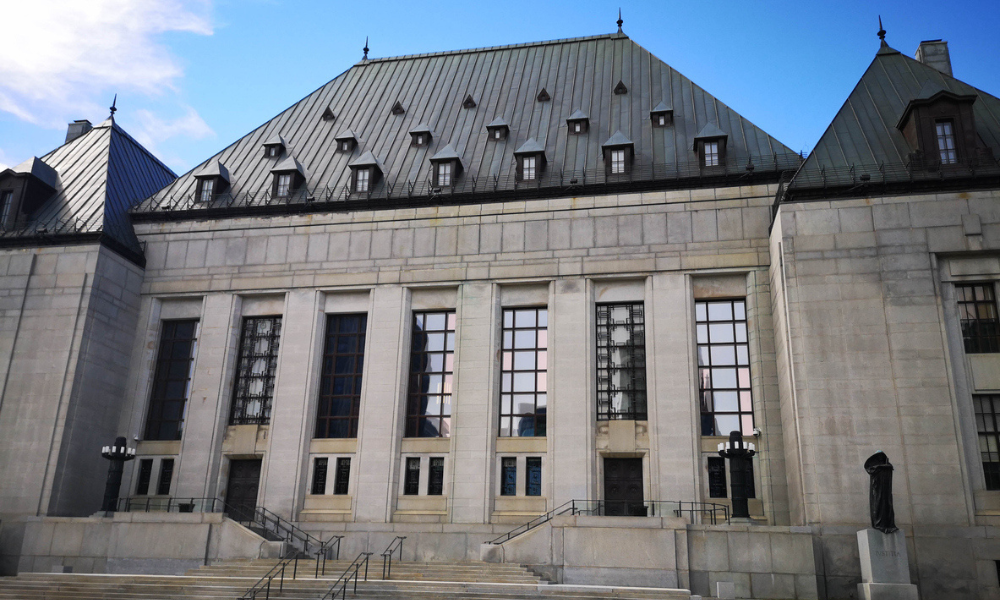Motor vehicle accident plaintiff alleges severe injury to neck, head, back, shoulders, ribs

In a case involving a low-velocity motor vehicle accident resulting in minor injuries, the Alberta Court of King’s Bench awarded the plaintiff damages of $4,722, which was just over two percent of the initial claim of $225,000.
The “fender-bender” occurred in April 2017. The plaintiff abruptly stopped in a left turning lane when the flashing green turn signal became amber. The defendant then rear-ended his vehicle.
The plaintiff asked for general damages of $125,000 and special damages of $100,000. He alleged that he suffered severe injuries to the neck, head, back, shoulders, and ribs. He also claimed that he experienced headaches and dizziness, blurred vision, and other forms of pain and suffering.
Last February, the Court of King’s Bench awarded the plaintiff total damages of $4,722 for his injuries and the accompanying expenses. It found that the plaintiff suffered a minor “WAD injury.”
The Minor Injury Regulation, Alta Reg 123/2004, defined a “WAD injury” as a whiplash‑associated disorder other than one exhibiting one or both of the following:
- Objective, demonstrable, definable, and clinically relevant neurological signs
- A fracture to or a dislocation of the spine
The plaintiff’s counsel made a costs submission without notice to the defendant. Counsel asked for costs of $12,378, which was close to three times the damages award.
Costs of $1,300 awarded
In Couch v Olatiregun, 2023 ABKB 402, the Court of King’s Bench awarded the plaintiff $1,300 for costs including disbursements.
First, the court went through the considerations in r. 10.33(1) of the Alberta Rules of Court, Alta Reg 124/2010. It made the following findings:
- The action’s result and each party’s degree of success: The plaintiff succeeded in his action. Despite his abrupt stop in the left turning lane, the defendant was deemed liable for the accident.
- The amounts claimed and recovered: The final award was just over two percent of the initial damages claim.
- The importance of the issues: The issues – assigning liability and assessing damages – were not novel and were not likely to have far-reaching implications on future motor vehicle accidents.
- The action’s complexity: The action was relatively simple. It progressed in a routine way. The trial, initially allotted for five days, lasted two half-days.
- The apportionment of liability: This factor was irrelevant.
- The parties’ conduct that tended to shorten the action: The plaintiff’s counsel shortened the action by entering relevant medical records as evidence without witness testimony and by bypassing the judicial dispute resolution process. The defendant did not appear at trial, which also made the proceedings shorter.
- Other matters relating to the question of reasonable and proper costs: There were no known offers to settle.
Next, the court went through the considerations in r. 10.33(2). It held:
- A party’s conduct that was unnecessary or that unnecessarily lengthened or delayed the action or any stage or step of it: The defendant, who was self-represented, conducted himself reasonably and as best as he could.
- A party’s denial of or refusal to admit anything that should have been admitted: The defendant did not deny or refuse to do such.
- Whether any application, proceeding, or step in the action was unnecessary, improper, or a mistake: There were no unnecessary applications, proceedings, or steps taken in the action.
- Whether a party committed misconduct: This factor was irrelevant.
- Any offer of settlement: There was no evidence that such was made.
The court found the following factors inapplicable: a contravention of or non-compliance with the rules or an order; an irregularity in a commencement document, pleading, affidavit, notice, prescribed form, or document; and the questions of whether a party started separate actions for claims that should have been filed as one or whether a party unnecessarily separated their defence from that of another party.
Lastly, the court tackled additional considerations. It found justification for departing from the rule that the losing party should indemnify approximately 40 to 50 percent of the successful party’s costs.
“There was no reasonable basis for claiming such exorbitant damages and pursuing this action in the Court of King’s Bench when there were more efficient avenues in which this action could have been addressed,” wrote Justice W.P. Sullivan for the court.
An adjustment was in line with the principles of efficiency and fairness underlying the Rules of Court and the principle that cost awards should be proportional to the interests involved in an action, as provided in Goldstick Estates (Re), 2019 ABCA 508.










